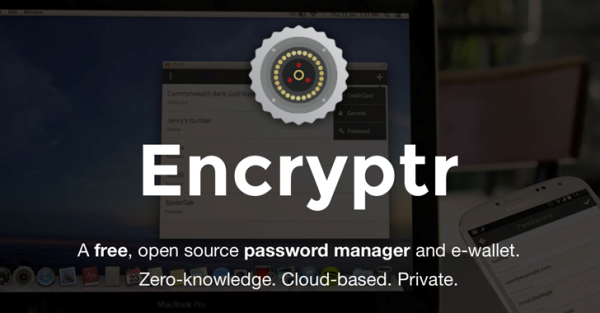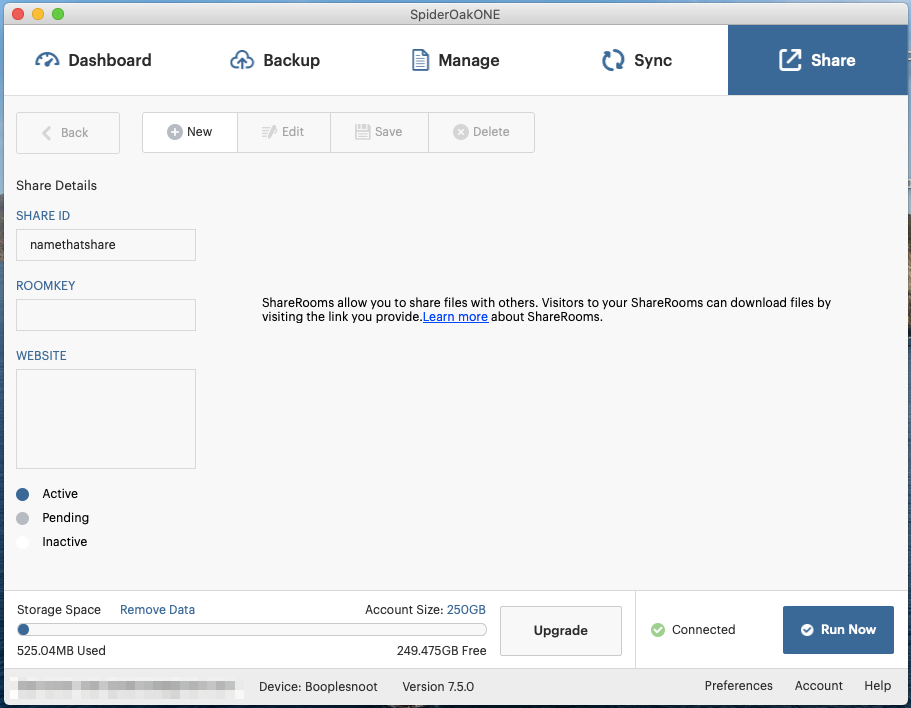

- #Spideroak delete account install#
- #Spideroak delete account upgrade#
- #Spideroak delete account software#
- #Spideroak delete account download#
As the name suggests, it combines the contents of two directories, resolving potential conflicts in the process. The file browser sports another nifty feature called Merge.
#Spideroak delete account download#
This downloads the selected version to the download directory (which you can set in Preferences | General). If you want to download a previous version of the file, select the version you want from the list and press the Download button above the file browser pane.

When you select the file, the browser shows a list of all its versions in the Historical Versions pane to the right ( Figure 3). The browser displays the number of available versions for a specific file next to the file name. The browser also lets you manage previous versions of files and documents. The file browser doubles as a download manager, and you can use it to fetch files stored on the other machines. The View section of the SpiderOak client acts as a file browser that you can use to browse backed up directories on all machines linked to your account. The Interval between SpiderOak scans drop-down list lets you specify how often the client scans for changes and backs up the modified files. In addition, you can use the wildcard fields to specify the file types and folders you don't want to back up.įigure 2: In the Backup Preferences dialog, you can exclude certain files from the backup profile. In the Backup section, you can exclude files on the basis of their size or age. The Preferences menu item at the top-right corner of SpiderOak's interface lets you tweak other backup settings ( Figure 2). Also, you can back up hidden directories by pressing the Hidden Folders/Files button to view and select them. If you need to locate a specific directory or file on your hard drive quickly, you can use the Search field. Alternatively, you can use the Categories pane to select all directories belonging to one of the available categories.įor example, ticking the Music category adds the default music directory to the backup profile. In the SpiderOak client, switch to the Backup section and tick the directories you want to back up. In other words, if you want to keep the contents of a specific directory in sync across multiple machines or share it with the world, you must add this directory to the backup profile.Īdding directories to the backup profile is easy. This step is important, not only because you want to keep your data safe, but also because you can't use synchronization and sharing features without backing up directories first. When the client is up and running, you have to specify the directories you want to back up and configure the backup settings. For example, you can create a SpiderOak account for your workgroup and then use the service to exchange files and documents between workgroup members, track changes, and back up the project data. This makes SpiderOak not only a nifty personal backup and synchronization tool, but also a great collaboration solution. Now you can link an unlimited number of machines to your account, and you can even share your account with other users.
#Spideroak delete account software#
Once the client software is installed, launch it, and use the setup wizard to configure the client and link your machine to your SpiderOak account. On Debian and Ubuntu, you can do this by running the dpkg -i command as root.
#Spideroak delete account install#
First, download the appropriate package and install it with your distro's package management tool. SpiderOak provides packages for a wide range of platforms and Linux distributions, including the latest releases of Debian, Fedora, and Ubuntu. Next, you should download and install the SpiderOak client software.
#Spideroak delete account upgrade#
Generally, you might want to start with a free account, and if you like the service, you can upgrade at any time. Also, you'll get a discount if you pay a full-year subscription.

The free plan gives you 2GB of storage, whereas the paid plan will cost you $10 per 100GB, meaning you can buy as much storage space as you need. The company offers both free and paid plans. To get started with SpiderOak, you have to create an account. These SpiderOak features are just a few to whet your appetite. SpiderOak also makes a good choice for security-conscious users: Every account has its own unique encrypted key, and your data is encrypted not only during the upload and download process, but also on SpiderOak's servers. Using SpiderOak's web-based interface, you can access your backed up data from any machine, which can come in handy when you are on the move. Figure 1: SpiderOak client allows you to configure backup, share, and synchronization settings.īetter yet, even if you delete a file from your local machine, SpiderOak saves it on the server, so you can always restore it if needed.


 0 kommentar(er)
0 kommentar(er)
